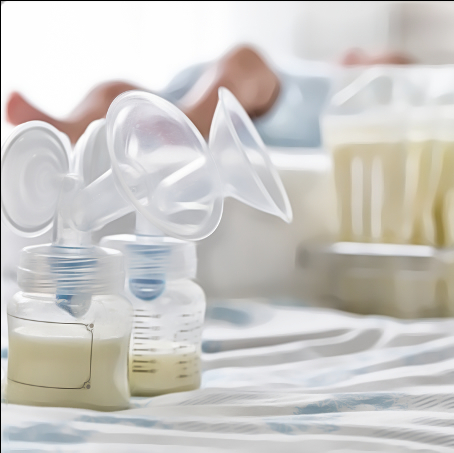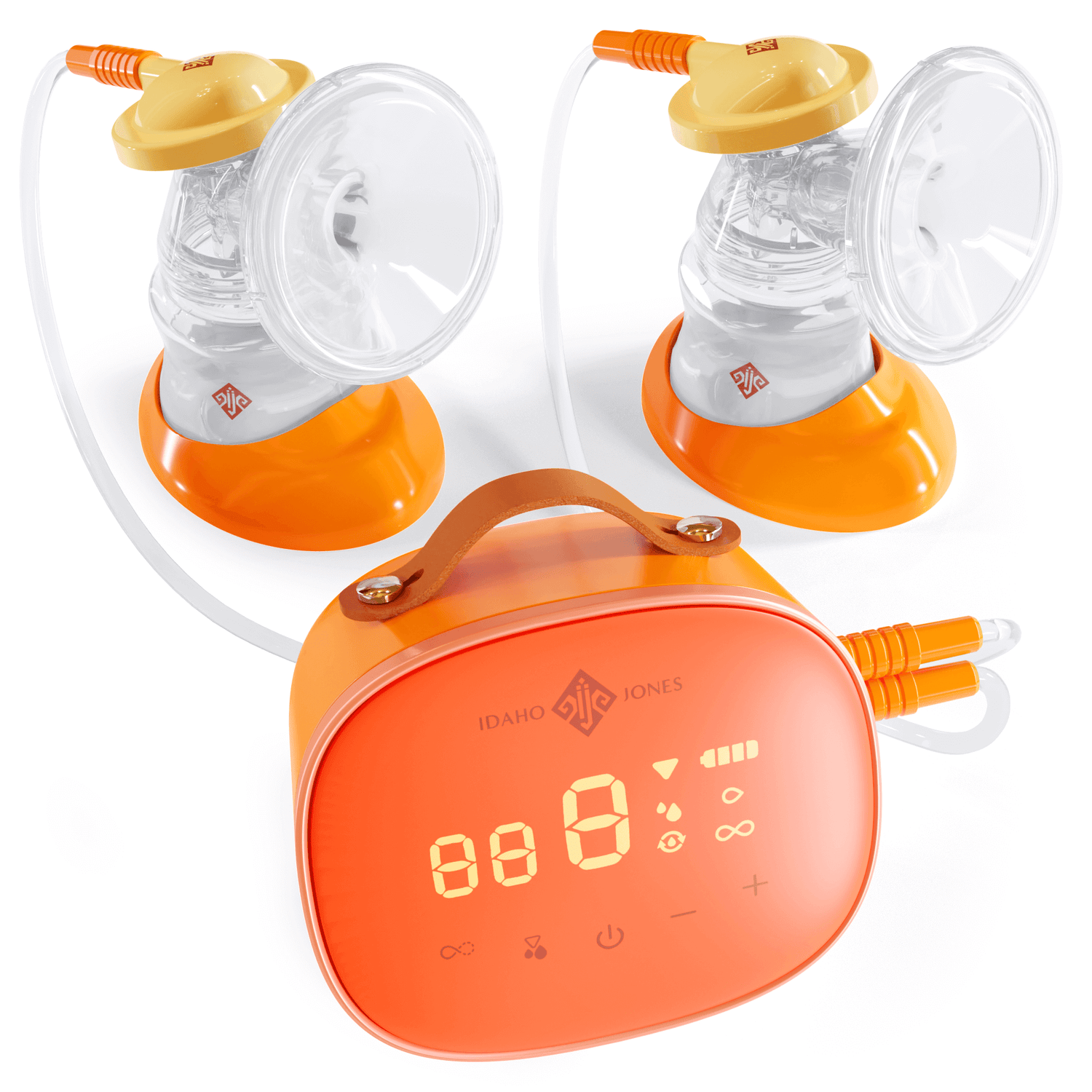
Expressed Breast Milk Storage Guidelines
Share
If your baby is getting all of their milk at the breast, you don’t have much to worry about in terms of safe storage and handling of human milk. However, if you pump for your baby, breast milk storage guidelines become important. Don’t stress—the guidelines are fairly simple, but having this information handy can help you and your baby stay safe.
The guidelines given here are based on the Academy of Breastfeeding Medicine’s protocol—”Human Milk Storage Information for Home Use for Full-Term Infants.” If your baby is not full-term and healthy, consult your doctor(s) or a lactation consultant about safe milk handling and storage in your specific situation.
To prepare for milk expression or storage:
- Wash your hands.
- Choose a clean food-grade plastic, glass, or steel container.
- Express your milk by hand or with a pump.
- When not in use, clean your pump parts or milk containers by completely dismantling them, washing in hot soapy water, and rinsing or washing them in a dishwasher. Let them thoroughly air dry or dry with a clean paper towel.
When storing milk, know:
- Freshly expressed human milk may be stored safely at room temperature (10–29 degrees C, 50–85 degrees F) for some period of time, preferably less than four hours.
- If your milk is exposed to very little bacteria and is in a space with low room temperature, six to eight hours may be safe.
- If your milk is not going to be used immediately, it’s safest to refrigerate it as soon as possible.
- In a cooler with an ice pack (around 59 degrees F), milk may be safe up to 24 hours.
- In a refrigerator, milk is likely safe for 48-72 hours, and some studies have found that milk shows safe, low levels of bacteria growth even after four to eight days of refrigeration.
- In a freezer, human milk has been shown to be safe for at least three months, and likely longer. The CDC suggests that using frozen milk within six months is best, and within twelve months is acceptable.
- Refrigerated and frozen milk may have a different smell due to the lipase breakdown in the milk. This does not mean the milk has “gone bad,” though your baby may not like the taste(some moms say this is the case anecdotally; however, the evidence has not shown preference regarding lipase).
- Milk may expand while freezing, so prepare accordingly when packaging your milk for the freezer.
- It’s best to let freshly expressed milk cool before adding it to previously expressed cool or cold milk.
When using stored milk:
- Clean bottles and other feeding devices with hot soapy water, rinse, and air dry or dry with paper towels before preparing milk for your baby. Sterilization is not necessary for a healthy baby.
- Use fresh milk first.
- Thaw frozen milk in the refrigerator overnight, under warm water, or using a waterless warmer.
- Do not microwave frozen milk.
- Your baby may prefer stored milk cool, at room temperature, or warmed.
- For frozen milk that has been thawed, do not leave it at room temperature for more than two hours.
- There is little evidence on the safety of refreezing milk. At this time, no recommendations can be made.
- It’s generally recommended to discard milk that has been offered to your baby after one to two hours after they’re done feeding to avoid bacterial contamination from your baby’s mouth.
- Expressed breast milk does not require special handling (like other bodily fluids do). It can safely be stored in a workplace refrigerator, labeled with name and date.
- If you have breast or nipple pain from a bacterial or yeast infection, there’s no evidence that you should discard your milk. If your milk appears stringy, or has a foul smell, however, you may want to discard milk from that pumping session.
If you read differing advice on safe breast milk storage guidelines, consider the points raised in this post on “Why Do Milk Storage Guidelines Differ?” by Nancy Mohrbacher, namely that some guidelines uphold the ideal, while others focus on what is just “okay.” If you follow the guidelines above, you can be assured that the risk of illness or infection from poor milk storage and handling is very low for your baby.


